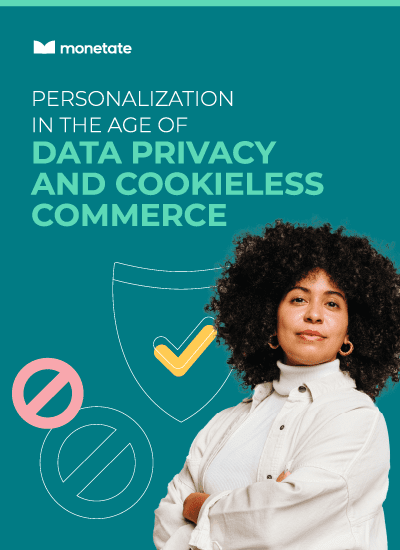Personalization in the Age of Data Privacy and Cookieless Commerce
Google’s decision to block third-party cookies in its Chrome browser has caused a huge stir in eCommerce circles. As a result, advertisers and brands have been forced to take a new approach to customer targeting and personalizing their customer experience.
But Google’s move is only the latest in a string of decisions by companies like Apple, Mozilla, and others to move away from a third-party data gathering model and prioritize in-session or on-site data.
So, what does this transition mean for marketers and online businesses who want to create personalized experiences for their customers?

According to Gartner, by 2024, 75% of the global population will be covered by data privacy regulations. And Google’s ban on third-party cookies will affect over 3.2 billion people.
Whereas with third-party data, retailers and online business could get access to information on pretty much all of their customers, now they have to rely on the customers volunteering the information they need to make personalization effective. This could drastically cut the percentage of customers that online businesses have useful data for.
How marketers look for and collect these insights will have to change, but it is still possible to gather the geographic, gender, age, and preference information you need to make personalization effective.
Ready to see how your first-party data can work for you?
